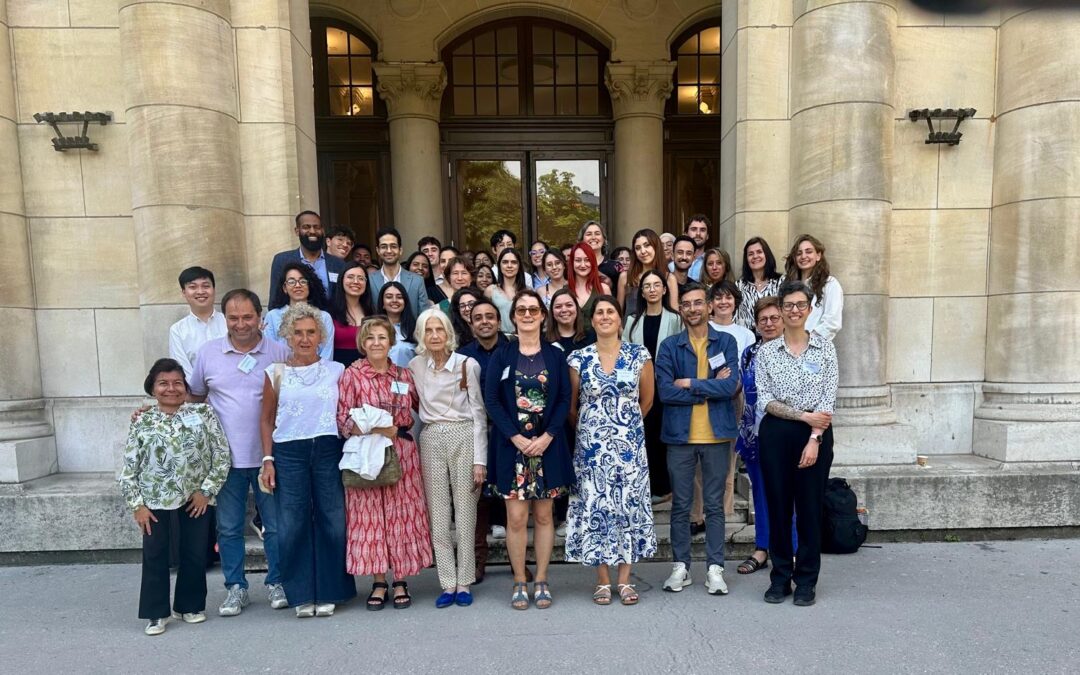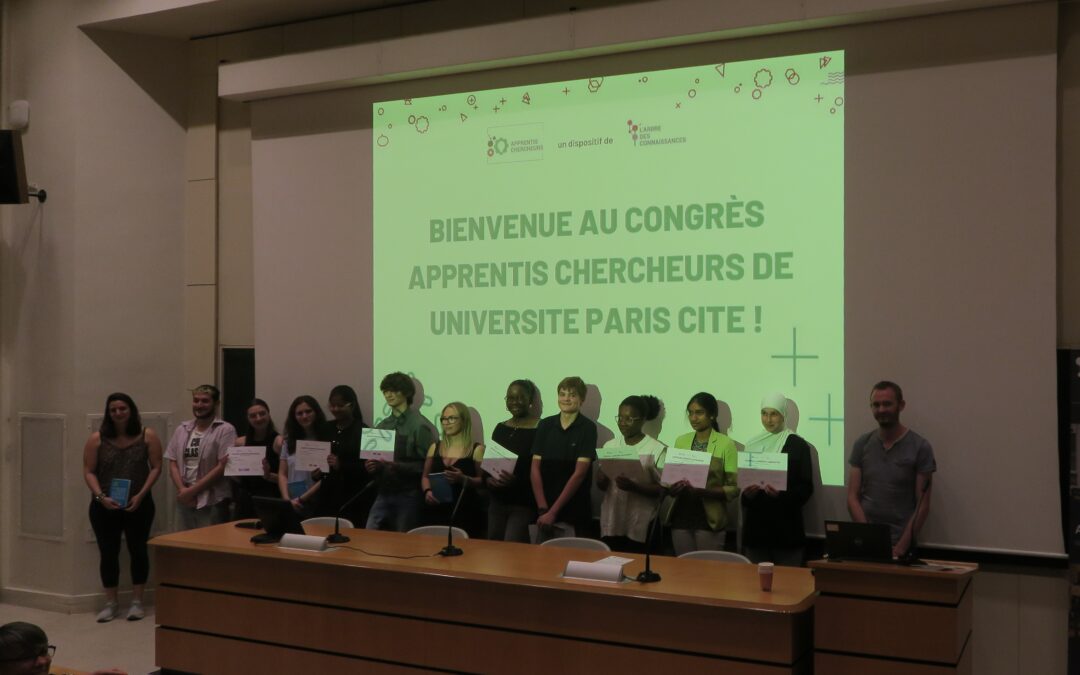Nanomedicine evaluation method
Physicochemical characterization :
The physico-chemical characteristics of nanomedicines are key factors contributing to their in vivo behavior and tolerability. Using state-of-the-art instruments, lipidic or polymeric materials are characterized and their assembly capacity assessed by calorimetric analysis. After this pre-formulation stage, the elements are assembled and the nanoparticles formed are subjected to an in-depth study of their physico-chemical properties, such as size distribution, charge and surface characteristics. In addition to assessing the macromolecular properties of the particle, aspects such as stability, reproducibility and release of the active ingredient are essential to the characterization process..
The methods commonly used at UTCBS are :
– Dynamic Light Scattering (DLS)
– Nanoparticle counter (TRPS)
– Transmission electron microscopy (TEM)
– Liquid chromatography-mass spectrometry (LC-MS)
– Scanning calorimeters (DSC) and thermogravimetry (TGA)
– Asymmetric flow fractionation with light scattering detector (AF4-MALS
Test in vitro
There are several predictive in vitro assays that can be particularly predictive for nanomedicine development, such as drug release in physiologically relevant matrices, cytotoxicity in cell lines corresponding to a specific indication, and assays to assess mechanisms of toxicity.
– In vitro cytotoxicity (general) Metabolic viability assays, such as MTT
– Flow cytometry apoptosis assay
– Reactive oxygen species assay
– In vitro drug release
– Binding-internalization assays by microscopy or cytometry
– Antitumor efficacy testing evaluation of anti-migration, anti-angiogenic or growth inhibition effects
Test in vivo
The UTCBS carries out studies in small animals in accordance with current regulations, after validation of the protocols by an ethics committee and under cover of approval by the Ministry. Pharmacokinetic profiles and toxicity can be determined in rodents to validate nanoparticulate formulations. Efficacy studies can be carried out using a tumor model to provide an initial proof of concept. The efficacy of nanomedicine formulations can be tested using ectopic, orthotopic or metastatic xenograft syngeneic models. On the LIOPA imaging platform, we also have the capacity to assess efficacy using bioluminescence and fluorescence imaging.

Example of a workflow developed for nanomedicine analysis, using HSA-Eu as a model protein conjugate.Salmon H, et al.. Nanomedicine. 2019 Jun;18:21-30. DOI: 10.1016/j.nano.2019.02.011.
_____________________
À lire aussi

October 2025 – Thesis defense at UTCBS: Mitta PIERRE
On October 1st, 2025, Mitta PIERRE successfully defended her doctoral thesis entitled “Nanoformulations of antioxidant active ingredients for ophthalmic administration in the prevention of age-related macular degeneration (AMD)” supervised by Pr. Christine CHARRUEAU and co-supervised by Dr. Diana LAMAA
September 2025 – [Keynote research] Nathalie Mignet,Head of Laboratory, Nanomedicines and lipid nanoparticles for nucleic acid delivery
[Keynote research] Nathalie Mignet, Nanomedicines and lipid nanoparticles for nucleic acid delivery

July 2025 – Workshop du master erasmus mundus Nanomed
Workshop du master erasmus mundus Nanomed

June 2025 – Université Paris Cité’s Apprentis Chercheurs conference was held last June, with UTCBS taking part.
Université Paris Cité’s Apprentis Chercheurs conference was held last June, with UTCBS taking part.
